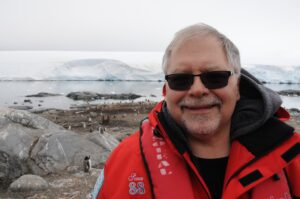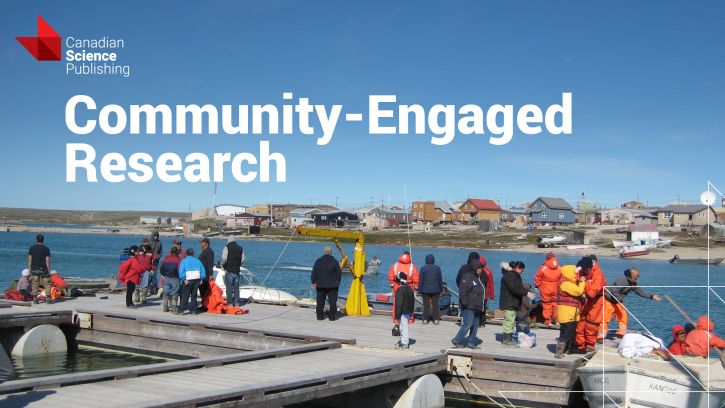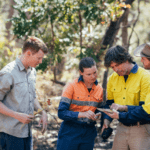 In 1980, as a PhD student, John Smol published his first paper in Canadian Science Publishing (CSP)’s journal portfolio. The topic? Using fossil algae from sediment cores as indicators of environmental change.
In 1980, as a PhD student, John Smol published his first paper in Canadian Science Publishing (CSP)’s journal portfolio. The topic? Using fossil algae from sediment cores as indicators of environmental change.
Fast-forward 40 years and Dr. John Smol, Editor-in-Chief at Environmental Reviews, still uses sediment cores in this way. As a Distinguished University Professor at Queen’s University in Canada, Dr. Smol co-leads the PEARL group, whose research has identified responses of algae to a myriad of anthropogenic factors ranging from climate change and land use in the Arctic to the application of road salt.
His scientific contributions and service to the global aquatic science community have been recognized with numerous prestigious accolades; most recently, Dr. Smol received the Order of Ontario.
When not in the lab or field, Dr. Smol advocates for discovery research and science literacy and communication.
We asked Dr. Smol about his multifaceted career.






